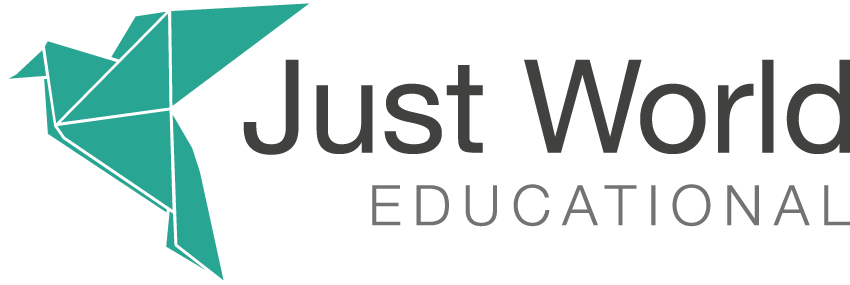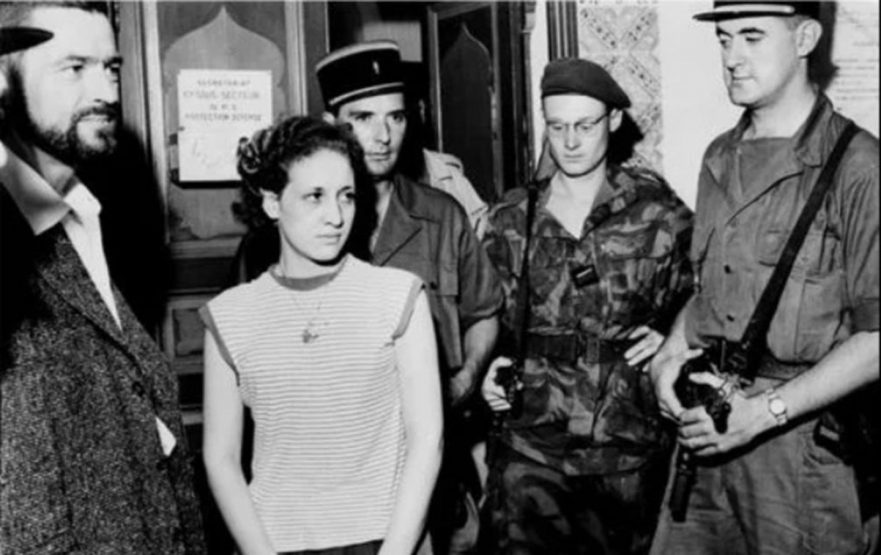by Yousef Aljamal
This following article by Palestinian rights activist, author, and translator Yousef Aljamal is crossposted from Politics Today.
Wave theory in international relations refers to four waves to explain modern terrorism and how the concept of terrorism and political violence has developed over time from being an anarchist concept (associated with political activism) to being associated with religion (such as suicide bombings that harm civilians). The theory attempts to provide an understanding of terrorist groups based on studying the history of terrorism over four 40-year-long phases and the use of tactics, theology, shared characteristics, and the future vision of terrorist groups. Introduced by David C. Rapoport at the University of California in 2004, wave theory has gained much weight since its first appearance.
Four Waves of Terrorism
Rapoport argues that the first wave of modern terrorism emerged in Russia. Known as the Anarchist Wave, it started on January 24, 1878, when Vera Zasulich, an anarchist, wounded General Trepov, the governor of St. Petersburg, over his role in flogging political prisoners. The Anarchist Wave extended to 1919. Zasulich was not convicted following her trial, where she claimed, “I am a terrorist, not a killer.” Zasulich’s memorable words suggest that the concept has gone through structural changes from being “almost acceptable” and open to debate, to being extremely negative today.
The fact that Zasulich was not convicted speaks of this change. The Anarchist Wave spread to countries such as China and the United States, and was known for its use of assassinations of political figures, police officers, and state officials such as U.S. President William McKinley who was assassinated in 1901. The globalization of the Anarchist Wave left its marked on this period as Russian anarchists were able to spread their propaganda to other countries and change the characteristics of traditional terrorism as it existed before.
World War I marked the end of the Anarchist Wave and the rise of nation-states, which translated into a gradual disappearance of anarchism from public spaces. At the same time, many nations, especially in the Balkans, hoped to rid themselves of the rule of traditional colonialism – a hope that vanished with the Treaty of Versailles in 1919. At the same time, groups such as the Irish Republican Army (IRA), which adopted a liberation discourse against British colonialism in Ireland emerged. At the same time, towards the end of the 1940s, the Zionist paramilitary group Irgun appeared in British Mandate Palestine, carrying out terrorist attacks including targeting the King David Hotel in 1946, killing hundreds of British and Palestinians.
In the 1940s, the term “terrorism” gained more negativity over targeting civilians and using excessive violence unlike the Anarchist Wave that was centered around targeted assassinations. The second wave, the Anti-Colonial Wave, was centered on a discourse based on national histories and cultures, focusing on the local rather than the global. The mid-1960s saw the end of the Anti-Colonial Wave, with most non-state actors gaining their independence, such as the National Liberation Front (FLN in French) in Algeria in 1962.
The Third Wave, also known as the New Left Wave, began in the mid-1960s, kicking off in the midst of the Cold War between the Soviet Union and the Western Bloc, led by the United States. The Vietnam War saw the mobilization of the global left against the war. The Cold War allowed the Soviet Union to support anti-West forces and allowed the West to support anti-Soviet forces, which was translated into giving weapons, and political and financial support to different non-state actors, thus making the sponsorship of non-state actors involved in terrorism a state policy.
The Third Wave of terrorism was more about propaganda rather than harming people and it saw the rise of plane hijacking to send political messages or to release prisoners held by specific state actors through swaps. Tools such as radio and television were important elements in spreading the message of terrorism and political violence at the time, and terrorism was still able to maintain its global, but not globalized aspect. Assassinations, inspired by the First Wave of terrorism, were also revised during the Third Wave.
The Fourth Wave of terrorism, known as the Religious Wave, was largely inspired by the Iranian Revolution. The targeting of U.S. marines by Hezbollah in Lebanon in 1982 and the American hostage crisis in Iran which ended in 1981 following an Algerian mediation are two important examples from this wave. Although the Fourth Wave is largely associated with the Muslim world, it has also taken place in other parts or targeted Muslims such as the use of nerve gas by Aum Shinrikyo in Japan, the Ibrahimi Mosque massacre in Palestine, and the Tamil Tiger violence in Sri Lanka.
Unlike the three previous waves which were led by intellectuals, the Fourth Wave includes people of all backgrounds. This wave is ongoing and includes groups such as Al-Qaeda and Daesh, which has almost disappeared after its defeat in Iraq and Syria.
The Cold War and the Arab Spring
The Cold War has played a major role in providing a political, military, and financial cover for non-state actors classified as terrorist by certain state actors such as the FLN in Algeria. Thanks to the politics of the Cold War, the FLN was more accepting of terms such as “revolutionary terrorism.” In the words of an FLN leader, “Urban terrorism like guerrilla warfare is the only method of expression of a crushed people.”
Yet, with the end of the Cold War, the excessive use of violence against civilians, the rise of the United States as the only superpower, the impact of 9/11 and the momentousness of harming so many civilians at once, and the politics of labeling, terrorism has become an all-negative concept. Non-state actors became preoccupied with removing themselves from terror lists by offering concessions or adopting a discourse that is more acceptable to state actors that deem them terrorist.
The Arab Spring and the sectarian politics it brought along has only emphasized the role of labeling in the terrorism debate, where regional politics, in addition to global politics, became effective in identifying a group as terrorist or not. The politics of the Cold War and the Arab Spring have contributed to making terrorism an exclusively negative concept, especially following 9/11 and the shock waves it sent across the world.
Looking at the concept of terrorism, over the span of 125 years, we see that it has emerged from being “almost acceptable” to being rejected as purely and extremely negative. Today, terrorism is a negative label and with the end of most anti-colonial struggles, it will become harder for non-state actors using violence as a tool of political expression to market their agenda to the rest of the world, especially in light of regional and global politics.

